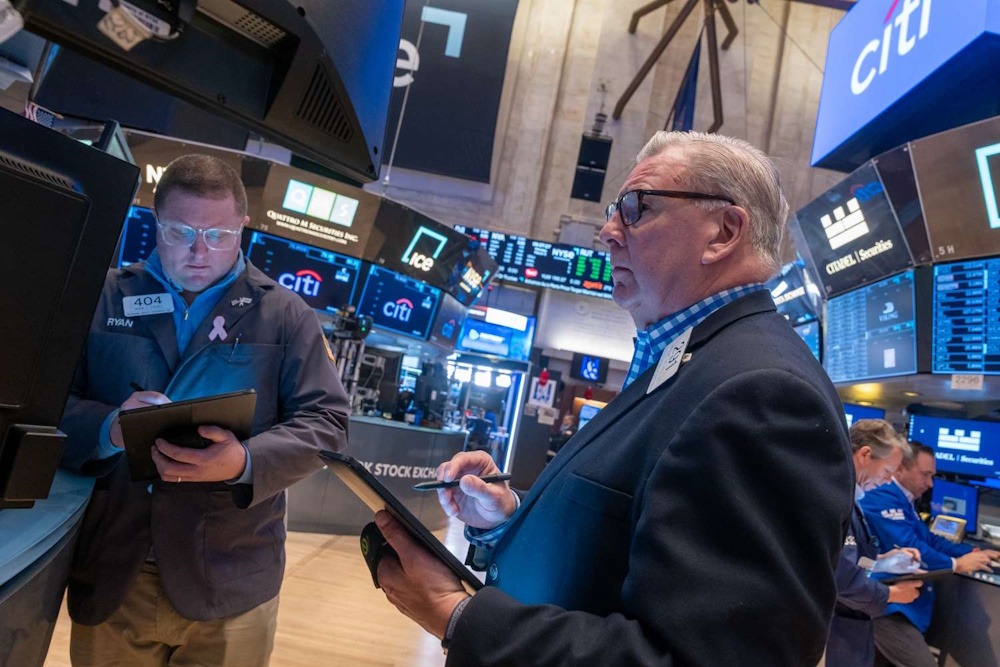
The S&P 500 concluded Wednesday’s trading session with minimal fluctuations, as the record high continues to be within grasp. The S&P 500 concluded the trading day close to unchanged on Wednesday, as market participants monitored the potential for the benchmark index to reclaim its historical peak. The broad market index exhibited minimal variation, concluding the session at 6,092.16, whereas the Nasdaq Composite experienced an increase of 0.31%, closing at 19,973.55. The Dow Jones Industrial Average declined by 106.59 points, representing a decrease of 0.25%, and concluded at 42,982.43.
Shares of the prominent artificial intelligence company Nvidia increased by 4.3% following the achievement of a record high. Alphabet, the parent company of Google, experienced an increase of 2.3%, while chipmaker AMD saw a rise of 3.6%. The S&P 500 stood at a level just shy of 1% from the intraday record of 6,147.43, established on February 19. The index was also positioned close to its closing all-time high of 6,144.15. Additionally, the Nasdaq was slightly more than 1% below its peak attained in December.
Week to date, the S&P 500 has increased by over 2% following a more measured Iranian response to U.S. attacks over the weekend. The recent ceasefire, declared by President Donald Trump, has positively influenced equity markets, as investors expressed relief that the ongoing conflict would not interfere with global crude supply chains. The ascent of Wall Street to unprecedented heights coincides with a reduction in trade tensions and the apparent stability of a ceasefire in the Middle East involving Iran and Israel. The truce commenced under precarious circumstances on Tuesday, as both Israel and Iran leveled accusations against one another for breaching the ceasefire mere hours following its declaration.
“There is a battle in the markets between some of the secular tailwinds, which should positively impact asset prices long term (AI, robotics, crypto, and many other technological innovations), and the cyclical headwinds of possible policy missteps,” stated Leah Bennett, chief investment strategist at Concurrent Asset Management. “The former appears to be prevailing today.” In April, the S&P 500 experienced a decline exceeding 20% from its peak, as investors expressed concerns that escalating tariffs from the U.S. could potentially push the global economy into a recession. Nonetheless, labor and inflation data has remained resilient in the face of those apprehensions.
On the economic front, investors analyzed data on new home sales, which registered the slowest pace since October 2024.
